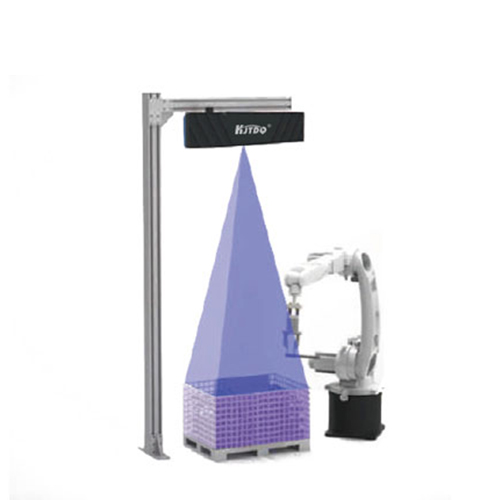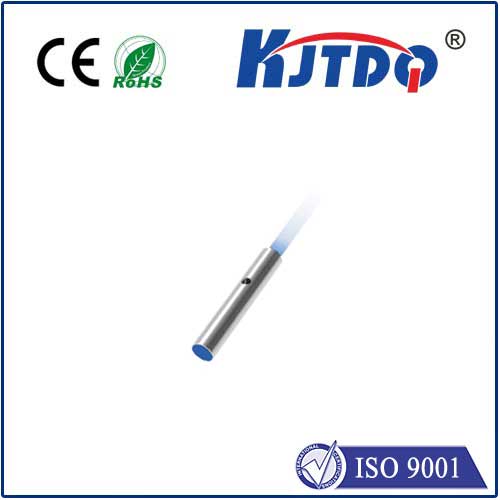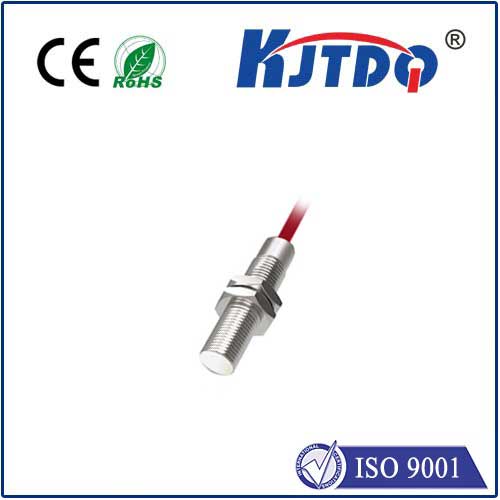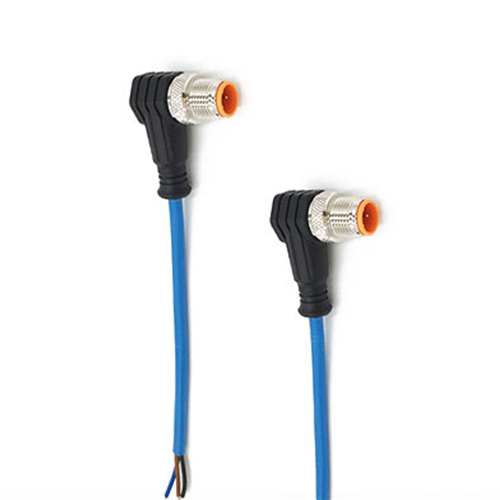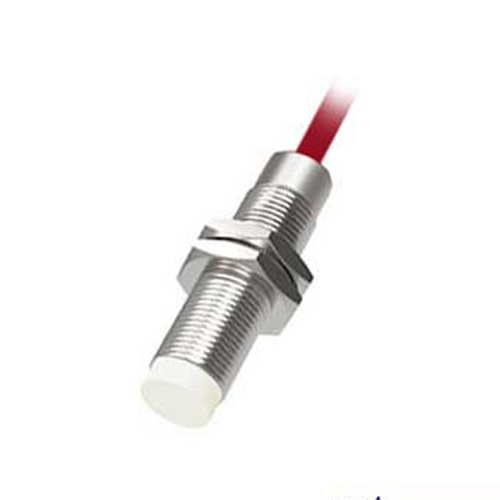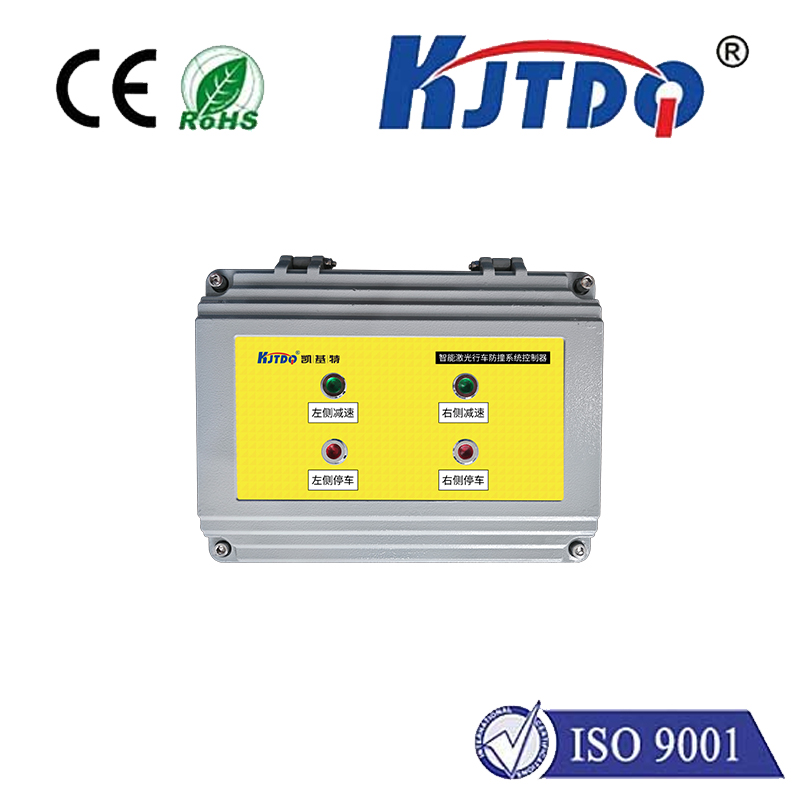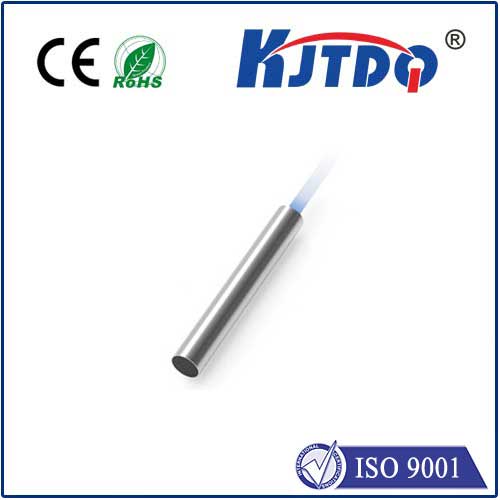ahu door limit switch
- time:2025-08-02 04:32:26
- Click:0
The Critical Guardian: Understanding AHU Door Limit Switches in HVAC Safety and Performance
Imagine your building’s heating, cooling, and ventilation system suddenly losing efficiency, potentially exposing occupants to unfiltered air, or even creating a safety hazard for maintenance personnel. This unsettling scenario is precisely what Air Handling Unit (AHU) door limit switches are designed to prevent. Often overlooked but absolutely vital, these small components act as the indispensable gatekeepers of AHU safety and operational integrity. Understanding their function, importance, and maintenance is crucial for anyone responsible for HVAC system reliability.
What is an AHU Door Limit Switch?
At its core, an AHU door limit switch is a safety interlock device installed on the access doors or panels of an Air Handling Unit. Its primary function is simple yet critical: to detect whether an AHU access door is securely closed. It typically consists of a mechanical actuator (like a plunger or lever arm) that gets depressed when the door is properly shut. This physical action triggers an electrical switch inside the housing. This switch is wired into the AHU’s control system, providing a clear “closed” or “open” signal.
The Non-Negotiable Role: Why AHU Door Switches Matter
The consequences of operating an AHU with an access door open are far-reaching and potentially severe. The limit switch acts as the first line of defense against these risks:

- Safety First: Protecting Personnel: An AHU contains powerful moving parts – large blower fans driven by substantial motors. Opening an access panel while the fan is running poses an extreme risk of injury from rotating equipment. The limit switch acts as an interlock, ensuring that the fan motor circuit is immediately interrupted or prevented from starting whenever any access door designated as critical is not fully closed and secured. This is a fundamental requirement of safety codes (like OSHA and NFPA 70E) in many regions.
- Preserving Airflow Integrity and Efficiency: AHUs are carefully engineered pressure vessels. Even a small gap at an access door disrupts the internal air pressure profile. This causes:
- Significant Air Leakage: Conditioned air (heated or cooled) escapes, or unconditioned air infiltrates, forcing the system to work much harder to maintain setpoints.
- Reduced Coil Efficiency: Improper airflow across heating or cooling coils drastically reduces heat transfer efficiency.
- Increased Energy Consumption: Compensating for leaks and inefficiencies leads to substantially higher electricity or fuel usage, impacting operational costs and environmental footprint. An open door bypasses vital filtration stages.
- Maintaining Indoor Air Quality (IAQ): AHUs house critical air filters. An unsealed access door allows unfiltered air to bypass the filtration system entirely, introducing dust, allergens, pollutants, and potentially biological contaminants directly into the supply air stream, compromising IAQ and occupant health.
- Protecting System Components: Uncontrolled airflow paths can lead to unexpected pressure differentials, potentially causing vibration issues, stressing ductwork connections, or affecting sensor accuracy within the unit.
How AHU Door Limit Switches Operate: Simplicity is Key
The beauty of the AHU door switch lies in its straightforward operation:
- Door Closed: The access door or panel presses firmly against the switch’s actuator (plunger, lever, roller). This depresses the internal mechanism.
- Electrical Contact Made (or Broken, depending on design): Most common designs are normally open (NO) switches. When the actuator is depressed (door closed), the internal contacts close, completing an electrical circuit. This sends a “door closed” signal (often a 24V AC/DC loop closure) to the AHU controller.
- Controller Response: The AHU controller receives this “closed” signal as permission to operate the fan motor safely. If the signal is absent (indicating an open or improperly seated door), the controller locks out the fan motor, preventing startup or initiating an immediate shutdown if the door was opened during operation. Some switches also incorporate visual indicators (like an LED) on the switch itself.
Common Variants and Installation Considerations
While the principle is consistent, limit switch implementation varies:
- Plunger-Type: A spring-loaded plunger extends when the door opens and is depressed when closed. Common for flat or slightly recessed surfaces.
- Lever Arm/Roller Type: A lever arm with a roller end engages with a striker plate mounted on the door frame. Useful for doors that may slide or require more precise alignment.
- Magnetic Switches: Less common on primary access doors due to potential reliability concerns with dust/metal shavings, but sometimes used. Rely on a magnet mounted on the door activating a reed switch.
- Combi-Switches: Incorporate a key lock mechanism into the switch housing. The door cannot be opened without the key, and the key cannot be removed unless the door is physically closed against the switch, guaranteeing both electrical and physical security.
Installation is critical. Switches must be positioned so that only the fully closed and typically latched/sealed door reliably depresses the actuator. Proper alignment with striker plates (if used) and ensuring the door gasket compresses fully around the switch mounting point are essential for consistent operation. They are usually mounted on the AHU frame/casing, not on the removable door panel itself.
The High Cost of Failure: Ignoring the Limit Switch
Neglecting AHU door limit switches leads directly to problems:
- Catastrophic Safety Incidents: The most severe risk. A bypassed or failed switch can lead to severe injuries or fatalities if someone interacts with live machinery.
- Skyrocketing Energy Bills: Even small air leaks waste significant energy, often going unnoticed for extended periods. Studies show unsealed AHU access points can increase energy consumption by double-digit percentages.
- Poor Indoor Air Quality: Unfiltered air compromises occupant health, comfort, and productivity, and can violate health codes.
- Premature Equipment Failure: Stressed components, clogged coils (from bypassed filtration), and vibration issues shorten AHU lifespan.
- Unnecessary Maintenance Callouts: System inefficiencies or lockouts traced back to door switch issues waste technician time and resources.
Maintenance: Ensuring Reliability
Given their critical role, AHU door limit switches deserve regular attention:
- Visual Inspection: Check for physical damage (cracked housing, bent actuator), cleanliness (wipe away dust/debris near the actuator), and secure mounting during routine AHU maintenance.
- Operational Test: As part of a safety protocol, deliberately open an access door while the AHU is running (only if safe procedures permit). Verify the fan shuts down immediately. During system commissioning or scheduled checks, simulate door opening to confirm the controller receives the correct signal and inhibits fan operation.
- Electrical Test: Using a multimeter, technicians can verify the continuity of the switch circuit when the door is open and closed (de-energize the circuit first!).
- Seal Inspection: While focused on the switch, ensure the door gasket around the switch mounting area is intact and provides a good seal when the switch is activated.
- Replacement: If a switch shows signs of physical damage, inconsistent operation (intermittent signal), or fails the operational/electrical test, replace it promptly with an appropriate-rated unit. Do not bypass the switch.
The AHU Door Limit Switch: Essential Infrastructure
Far more than just a simple switch, the AHU door limit switch is a fundamental component of safe, efficient, and reliable HVAC operation. It silently but authoritatively prevents dangerous situations, protects valuable equipment, ensures energy isn’t wasted, and safeguards indoor air quality. Recognizing its critical function and incorporating its inspection and testing into regular maintenance






